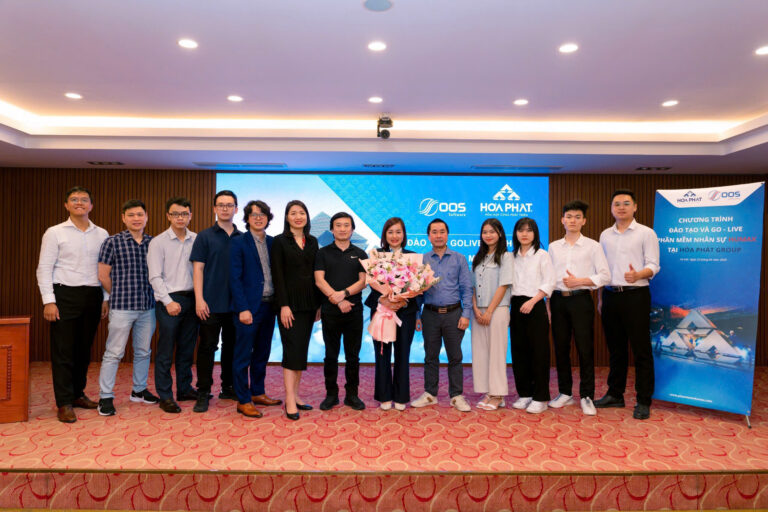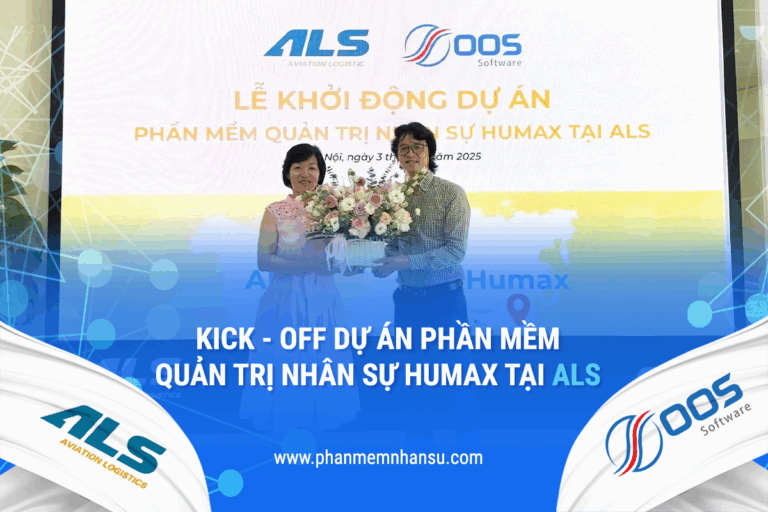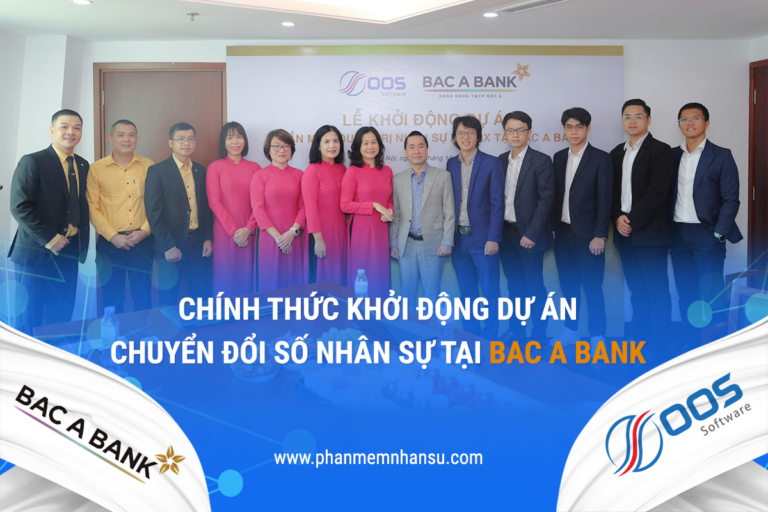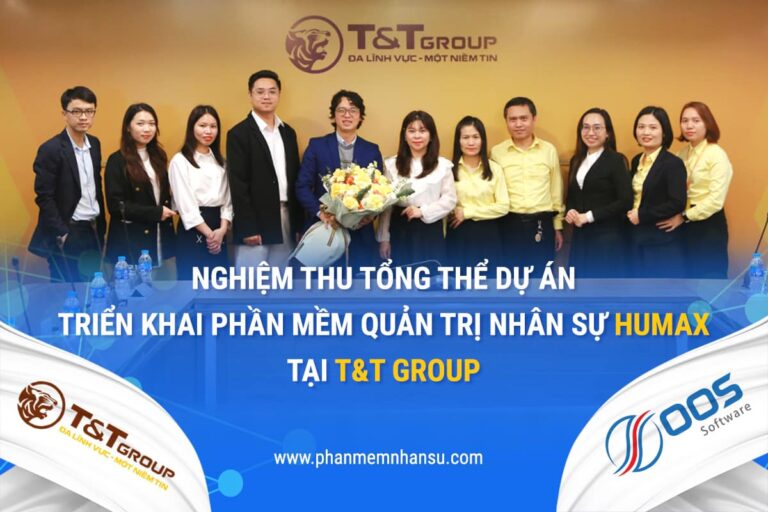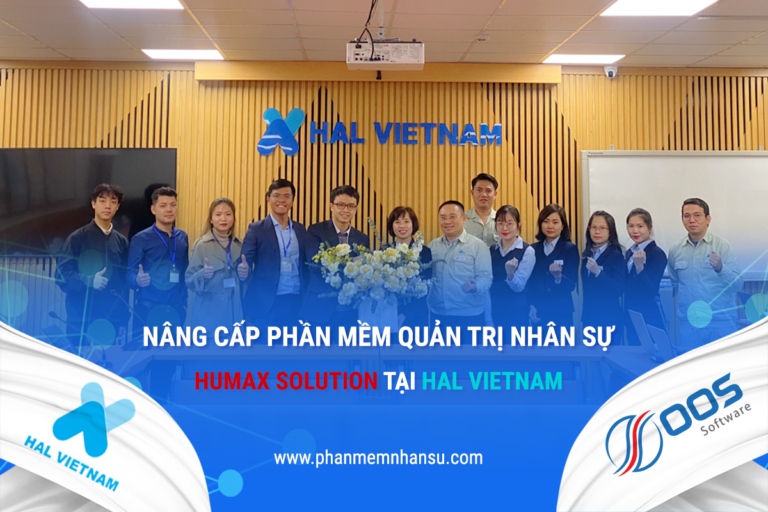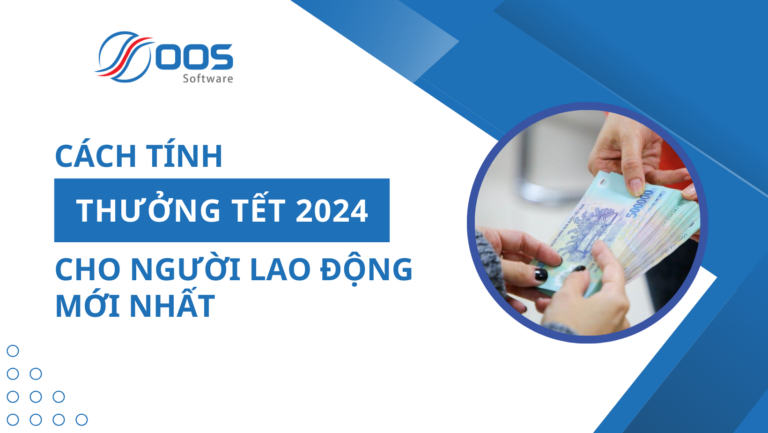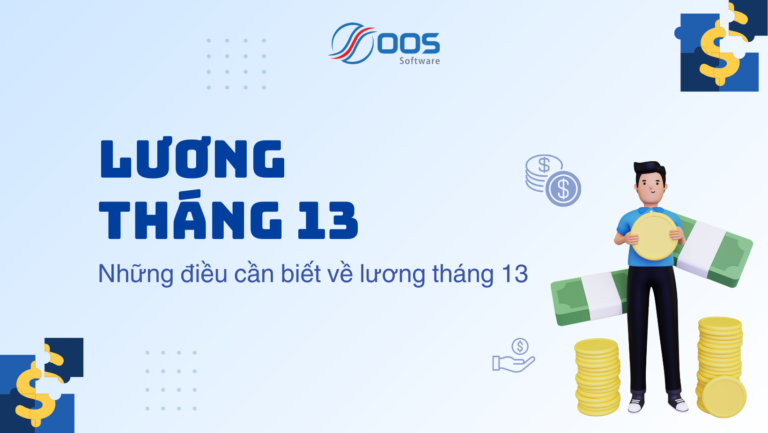Today, there are different ways to manage projects in every business. Among them, Agile principles stand out the most as an optimization in management. So What is Agile?? How to apply Agile in project management? In the following article, CoffeeHR will share the most useful information about this method, invite you to follow along!
What is Agile?
Actually Agile (short for the phrase ) Agile Software Development) means agile software development method. Agile is widely applied in the software development process with the goal of getting products to users as quickly as possible.
There are many places that think Agile as a method. In fact, Agile is almost like a methodology. This is a philosophy based on the principle of iterative and incremental segmentation.
Nowadays, Agile philosophy has gone beyond the traditional area. Agile develops software to contribute to change in the way work, management and production in other industries. Including industries such as manufacturing, services, sales, marketing, education, etc.
And Agile have become the most popular method of project management with many representatives being referred to as “Agile family” methods.
What does the Agile Manifesto include?
In the writing What is Agile?, the Agile manifesto does not define a specific element but has many different characteristics that satisfy and follow its set of criteria.
Enhancing interaction and personalization
In version Agile Manifesto often place more emphasis on interaction and individuality. Because individuals and interactions are more important than processes and tools. This criterion is understood as the focus on people, building interaction and support among team members. And as a result, members who are capable, willing to support and help each other in their work will bring the expected success to the project.
Software works better than full documentation
In Agile nature, the software is ultimately better to use than full documentation. We need to focus all our time on making the most complete software that meets the requirements of our customers.
Promote cooperation with customers over contract negotiation
In this approach, collaborating with the client is more important than negotiating a contract. That's because we need to understand what customers need and want to advise. It will then tailor the product accordingly instead of just relying on the terms laid out in the contract.
Respond to changes rather than stick to a plan
In concept What is Agile?, it is worth mentioning that it is a priority to respond to changes rather than stick to the plan by specifically encouraging adaptation to change such as changes in technology, personnel, project deadlines, …
What are Agile methods?
Agile is a method and in it there are many different methods to help satisfy the requirements and criteria set out in any project.
Scrum
Today, the Scrum management process is one of the popular Agile family methods that are widely used. The Scrum method is often applied in software development projects to eliminate complex steps. Besides, Scrum only focuses on the necessary steps to meet the needs given by the customer.
" Explore more:
-
Synthetic 6 ways of employee attendance Most used
-
What is EVP?? The role and how to build a standard EVP for businesses
Kanban
In Agile software, the Kanban method is a visual system to help manage work that takes place according to a pre-established process. Kanban helps visualize work processes and reflect the actual status of actual project implementation. The goal of the Kanban method is to determine the work that needs to be done for the production process to take place with efficiency and quality.
Extreme Programming
Extreme Programming (XP) is a fairly familiar method of supporting software development in the Agile family. This XP approach is aimed at improving software in terms of quality and ability to meet user criteria and requirements.
In addition, Extreme Programming mainly releases regular releases for the purpose of improving productivity and creating times of new requests from users. This is a pretty good method in my information sharing article What is Agile?hey.

Lean Software Development
Agile Software Development (LSD) methodology is a general term that refers to all the techniques and methods of software development under the Agile family philosophy. LSD uses lean thinking and the characteristic lean principle into the user's software development.

Other methods
Statistically, the Agile family will include 13 different methods, most of which use the Scrum method as the most basic approach. Not only that, to be creative and effective, many people have used a combination of different methods to create different methods. Agile new.
12 principles to know in Agile
Any method will have its fundamentals, and so does Agile. So the What are the principles of Agile?? Here are 12 basic principles that anyone who wants to understand Agile needs to know:
1. To comprehensively meet customer needs through early delivery and offering valuable products.
2. Changing requirements is welcome, even late in project development.
3. Deliver flawless software to customers more often.
4. Entrepreneur and all software engineers need to work together throughout the project to ensure continuity.

5. Build and develop projects around capable and motivated individuals. Provide support if needed, work environment and confidence to get the job done most effectively.
6. Direct communication is the most effective way of communicating information while working on a project, sharing in an article What is Agile?.
7. The main measure of progress is a well-run software.
8. Non-stop, continuous and sustainable development.
9. Improve flexibility by taking care of engineering and design.
10. The art of maximizing unfinished project work – simplicity is essential.
11. Self-organized group
12. Adapt regularly to changes in the working process.
The characteristics of Agile
After grasping the concept What is Agile? and some basic information, please refer to the characteristics of Agile below.
Iterative
Any project will be done in segments that go on and on. These segments (referred to as Iteration or Sprint) usually have a short time frame, ranging from 1 to 4 weeks.
In each iteration, the development team needs to complete the necessary work. Such as planning, analyzing specific requirements, designing, implementing, testing the product (with varying degrees) to produce small parts of the end product.
The Agile family methods often break down the goal into smaller pieces with the simplest and most compact planning process and do not do a long-term planning.

Incremental & Evolutionary
At the end of the segments, the development team will usually release small pieces of the final product. Those small pieces are usually complete, workable, extremely carefully tested, and ready for immediate use (called potentially shippable product increment of functionality).
Over time, each segment follows the other, these executables will accumulate gradually, growing until the entire customer requirement is satisfied as a success.
Adaptability (adaptive)
By nature the segments only last for a certain short period of time, and the planning implementation is also adjusted continuously. Therefore, changes in the whole development process (including changing requirements, changing technology, changing goal orientation etc.) can be gradually met in an appropriate way.
Accordingly, its processes in the article What is Agile? often adapt very well to such changes.
Self-organizing and cross-functional team
Usually group structure Agile is cross-functionality, self-organizing.
Therefore, these groups make their own work assignments that will not be based on hard descriptions of titles or work according to a clear hierarchy in the organization.
A self-organized team is understood to have acquired the necessary skills for software development. So it can be empowered to decide for itself, to manage itself, and to organize its own work for maximum efficiency.
Empirical Process Control
Experimental process management is groups Agile Make decisions based on actual data rather than theoretical calculations or presuppositions. This means that Agile shortens the feedback life cycle so that it can be easier to adapt and increase flexibility.
Over time, these strategies will move closer to the optimal state, so the team can control the process, and improve worker productivity.
face-to-face communication
About the customer's requirements in the share of What is Agile?, Agile software encourages the development team to talk directly with each customer to better understand what they really need, instead of relying heavily on paperwork.
In the communication between within the development team instead of a programmer (doing the coding) and an engineer (doing the design) communicate with each other through the design.
Value-based development
An important fundamental principle of Agile is that “well-run software is a measure of progress”. That principle helps to eliminate redundant work that does not directly add value to the project's product.
In order to be able to operate the "work based on value" mechanism, Agile often works directly and more often with the customer (or customer representative). Collaborate face-to-face to know which requirements have priority and deliver value as early as possible to this project.
Therefore, Agile projects will often help customers optimize the value of that project. Almost directly, Agile software significantly increases customer satisfaction.
What is Scrum?
So What is Agile Scrum?? Concept Scrum is a basic “framework” for approaching complex tasks. Based on this Scrum framework, the team can apply different processes and techniques to their work. Scrum be a member of them Agile.
Scrum eliminates the complexities and will only focus on the necessary steps to meet the needs of the customer. The three core elements that make up a Scrum empirical process management model include: transparency, inspection, and adaptation.
The Scrum process allows organizations to change and adjust smoothly to rapidly changing requirements. In addition, the ability to manufacture a product that meets the business objectives of the enterprise is growing. An agile Scrum process will greatly benefit an organization by helping it:
- Improve and increase the quality of the product.
- The ability to better cope with change (and expect changes).
- Provides better estimates while taking less time to generate them.
Get more effective and better control over the progress and status of each project.
An overview of Scrum Agile
Advantages and disadvantages of Agile method
We apply the project management according to Agile principles will bring many advantages but also bring many limitations. Let's find out more details through the content below!
Advantage
Agile software is an effective alternative to the previous traditional Waterfall approach. Agile method in the article What is Agile? This has the following advantages:
- Make easy changes: Because the project is divided into small, separate, independent parts, changes are made simple and easy at any stage of the project.
- It is not necessary to have all the information in the first place: It is suitable for projects that do not have a clear end goal.
- Faster handover: We break the project down allowing the team to do the test piece by piece. As a result, the process of identifying projects and fixing problems as well as handing over the work will be done faster.

- Pay attention to individual customer and user feedback: All comments, feedback from customers and users will have a positive influence on the final result.
- Continuous improvement: The recording of comments from the work team and customers to test and improve the product is repeated as many times as necessary.
Defect
Of course, besides the above advantages, the Agile method also has the following disadvantages:
- Difficulty planning projects: Indeed Agile is very difficult to determine the final product delivery time because the project has been broken down into different parts and each part has a separate delivery time at each point.
- More detailed instruction and training is required: Because the Agile method is also quite complex, you need to go through detailed training and guidance to understand and implement this method.
- Documentation is not as extensive as other methods: Agile changes so much that its relevant documentation is often few. Although Agile documents are not the most important element, they are still essential to the project.
- It is imperative to cooperate for the project to succeed: This requires a commitment of time and active work from all stakeholders throughout the course of any project.
- High cost: The cost of implementing Agile is often higher than other conventional development methods.
Learn more about the advantages and disadvantages of Agile methodology
How to apply Agile in effective project management
Understand What is Agile? As a part, project managers still need to apply flexible and adjusted theory to make the method really effective.
A Accurate Agile Process
Often the product will have many different stages of development so that users can easily interact and experience. That way, the project will receive positive feedback to improve the product and solve any problems that arise. Furthermore, the project team may also switch to a different growth process for the product even though the problem in the current process may still be working.
Agile projects
Software Agile suitable for projects of some degree of complexity and uncertainty. Agile – project management approach is now contributing a lot to the change in the way of working, management and production in any industry or business and helps to achieve high performance.
Of course, not all businesses or organizations fit the Agile model.
To be able to apply this model successfully, your business needs a number of prerequisites as follows:
- Members will have to always coordinate and have effective communication.
- Team members need to have self-control for the operation to go smoothly even without instructions from the management above.
- Activities will be modularized through specific cross-functional groups.
OOS Software has more than 15 years of research and development, is a reliable partner to support human resource management, accompanies many large enterprises and corporations in the market. Contact now to get advice on Recruitment Software for your Business.

